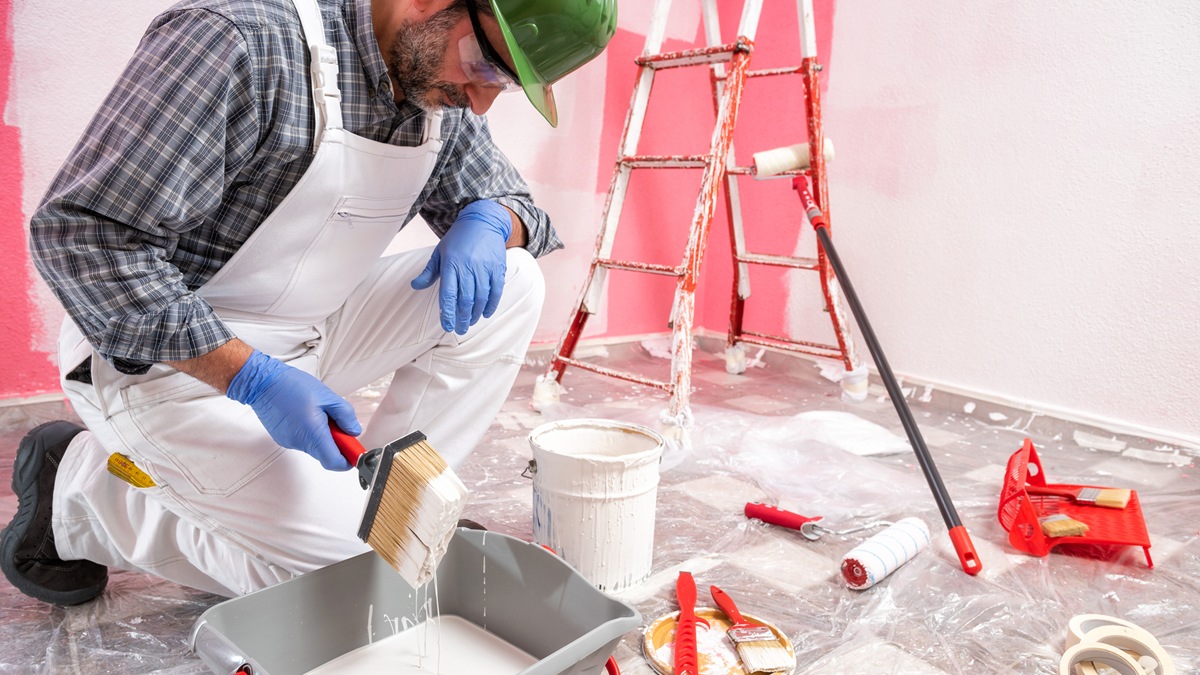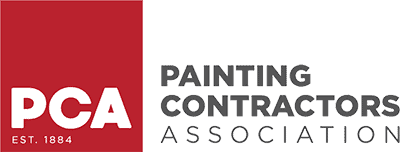Deciding whether to tackle a painting project on your own or hire a professional painter is a common dilemma for homeowners. With DIY tutorials readily available and the allure of saving money, many consider painting their walls themselves. However, the question remains: is it truly cheaper to paint yourself, or does hiring a professional offer better value in the long run? In this comprehensive guide, we’ll compare the costs, benefits, and potential pitfalls of both options to help you make an informed decision.
The Basic Cost Breakdown
Before diving into the pros and cons, let’s look at the typical expenses involved in each option.
DIY Painting Costs
- Paint and supplies: Depending on the quality and quantity, paint can cost between $15 to $50 per gallon. For an average-sized room (around 300 sq ft), you might need 1-2 gallons, costing approximately $30-$100.
- Tools and equipment: Brushes, rollers, painter’s tape, drop cloths, ladders, and painter’s tape can cost around $50-$150 if you buy new supplies. If you already own some tools, this cost decreases.
- Additional expenses: Sandpaper, primer, spackle for repairs, and cleaning supplies add to the total.
- Time investment: DIY painting can take anywhere from a few hours to several days, depending on the size of the project and your experience.
Hiring a Professional Painter Costs
- Labor and service fees: Professional painters typically charge between $1.50 and $3.50 per square foot. For a 300 sq ft room, expect to pay $450-$1,050.
- Materials: Many contractors include paint and supplies in their quotes, but some may charge separately.
- Additional services: Surface preparation, repairs, or textured finishes may increase the total cost.

Caucasian house painter worker in white overalls, with helmet and goggles he prepares the white paint to paint the pink wall. Construction industry. Work safety.
Cost Comparison: Is DIY Cheaper?
Example Scenario: Painting a standard 10×12 foot room (about 300 sq ft of wall space) with two coats of mid-quality paint.
| Expense | DIY Estimate | Professional Estimate |
|---|---|---|
| Paint (2 gallons @ $30) | $60 | Included in quote |
| Supplies (brushes, tape, etc.) | $100 | Usually included |
| Labor | Free (your time) | $450 – $1,050 |
| Total Cost | $160 (not including your time) | $450 – $1,050 |
From this example, DIY painting appears cheaper upfront—mainly because you’re not paying for labor. However, this doesn’t account for the value of your time, potential mistakes, or the quality of the finished product.
When DIY Might Be Cheaper
- Small projects: Painting one or two rooms, or touch-ups.
- Budget constraints: Limited financial resources but ample free time.
- Experience and confidence: If you’re skilled, organized, and comfortable with painting.
- Time flexibility: If you have weekends or free days to dedicate.
However, keep in mind: Mistakes such as uneven coats, drips, or missed spots can lead to additional costs for touch-ups or repainting.
When Hiring a Professional Makes More Sense
- Large or complex projects: Whole-house renovations, high ceilings, textured surfaces, or intricate details.
- Time constraints: If you need the project completed quickly and efficiently.
- Quality expectations: Professionals deliver a polished, long-lasting finish.
- Liability and safety: If working at heights or in challenging environments, professionals have the proper equipment and insurance.
- Surface preparation: Repairing cracks, sanding, and priming are time-consuming; pros handle it expertly.
In most cases, the added cost of a professional is offset by the quality, durability, and time saved.
Hidden Costs and Considerations
DIY Painting Risks:
- Poor quality finish: Uneven coats, brush marks, or drips can diminish the look.
- Additional expenses: Fixing mistakes or repainting can double costs.
- Time and effort: The labor involved can be significant, especially for large areas.
- Health and safety: Exposure to fumes and working at heights without proper equipment pose risks.
Hiring Professionals:
- Upfront costs: May seem higher initially.
- Contractor variability: Quality depends on choosing experienced, reputable painters.
- Potential delays: Scheduling conflicts or unforeseen issues can extend timelines.
Long-Term Value and Durability
Professional painters use high-quality materials and techniques that often result in longer-lasting finishes. They also handle surface prep thoroughly, reducing the likelihood of peeling or chipping later. DIY projects might look good initially but can deteriorate faster if not done properly, leading to more frequent repainting.
Final Verdict: Which Is More Cost-Effective?
The answer depends on your specific situation:
- For small, straightforward projects with ample free time and some painting experience, DIY can save money and be a rewarding experience.
- For larger, more complex, or high-stakes projects, hiring a professional is often more cost-effective in the long run, saving you time, effort, and potential rework costs.
Remember: Cost isn’t the only factor. The quality of the finished product, safety, and your personal satisfaction matter too.
Tips for Making the Best Choice
- Assess your skills and comfort level. If you’ve never painted before, consider the learning curve.
- Get multiple quotes from reputable contractors. Compare costs, reviews, and portfolios.
- Calculate your time and effort. Sometimes, your time is worth more than the savings.
- Factor in the quality and longevity of the finish. Investing in professionals may reduce future repainting costs.
- Consider your project size and complexity. Larger or detailed projects typically benefit from professional help.

Conclusion
Whether you paint yourself or hire a professional depends on your budget, skills, project scope, and priorities. DIY painting can be a cost-effective choice for small projects and those willing to invest time and effort. However, for larger or more intricate spaces, professional painters often provide better value through superior quality, durability, and efficiency.
Ultimately, balancing cost, quality, and personal satisfaction will guide you to the right decision. Whichever route you choose, a fresh coat of paint can transform your space and boost your home’s appeal—so choose wisely and enjoy the process!
Need help deciding when to repaint your deck and fence in your home? Let the experts at Woodiwiss Painting guide you. Our team offers top-tier deck and fence painting services.
Call us at 925-489-0941 today to schedule your free consultation.



